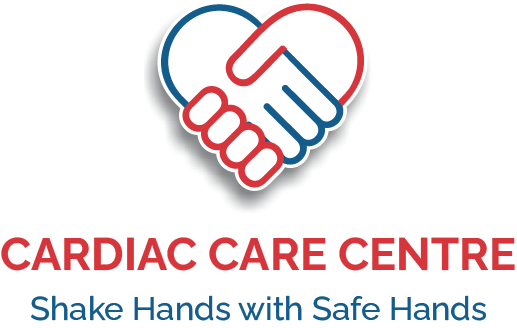What is this condition?
The condition of having a hole in the wall that separates the top two chambers of the heart. The defect causes oxygen-rich blood to leak into the oxygen-poor chambers in the heart. ASD is a defect in the septum between the hearts wo upper chambers called atria, the wall that separates the left and the right side of the heart.
Information on ASD in Children
What causes it?
Every child is born with an opening between the upper heart chambers, it is normal fetal opening that allows blood to detour away from the lungs when in the womb. Post birth, the starts to close, and becomes very small within several weeks and months as it is no longer needed. In case the opening is larger than normal, it doesn’t close after birth and cause of the problem is unknown. Also, some of the children can have other heart defects along with ASD.
Can the ASD be repaired?
If the opening is small it is not a hinderance to heart and lung, and they can both perform normally expect for a little increased pressure on it. Surgery might not even be needed as it may get narrowed down on its own. Notably, if it doesn’t narrow down on its own, there is no medicine to make it happen, surgery remains the sole solution.
Surgeries for ASD
If the ASD is large, it can be closed with open-heart surgery or by cardiac catherization using a device inserted into the opening to plug it. Also, in special cases, there are some complexities such as positioning of ASD within the heart. If there are other heart defects such as abnormal connection of veins the bring in the blood form the lungs (pulmonary veins) catherization cannot be performed. Then an open-heart surgery is all that is needed.
Open heart Surgery for ASD
It is usually done in early childhood, even the patients with few symptoms. This is because complexities increase with time. Many defects can be sewn closed without using a patch.
Activities
Usually, there aren’t any special precautions you need to take. Usually, children can perform all the activities such as a child with a normal heart. After surgery or catheterization, a child may have to undergo some activity changes, but only for a limited period.
What if the defect is still present? Should it be repaired in adulthood?
If the open is small, the surgery is not needed. A patient can undergo surgery even in adulthood.
Most of the atrial septal defects can be closed either with open-heart surgery or during cardiac catheterization using a device inserted into the opening to plug it. If the position of ASD is not at the usual place, catheterization is not possible, it can be treated by open heart surgery only.
Defect is very common in females and thus, one must consult the doctor immediately in case of noticing any symptoms. Also, MICS is a very useful procedure in patients as the incision is sub-mammary and concealed. Talk to Dr. Kshitij Dubey today for more information.
What can you expect post-surgery?
– Periodic checkups
– Regular Examination
– Long-term outlook is also good
– No medicine or additional surgery is needed
Use of Minimally Invasive Cardiac Surgery to Treat ASD
Most of the patients with ASD are candidates for minimally invasive surgery. The surgery is performed through a smaller incision made about 4-6 cm in the right side of the chest instead of the larger midline incision and division of the sternum used in the traditional open surgery. It is very advanced technology and requires the precision of a surgeon. Most importantly it is very beneficial for a patient as it is less likely to cause any infection, ensures faster recovery, and shorter stays at Hospitals.
(Mini ASD/ VSD)
Minimally Invasive Atrial Septal Defect (ASD) Surgery
Atrial septal defect surgery is a type of minimally invasive heart surgery performed on atrial septal defect (ASD) with an endoscopic, closed chest approach.
How can an ASD be closed?
The surgical procedure follows a patient to be supported by a heart-lung machine intraoperatively and the ASD is approached through an opening in the right atrium. Smaller ASD’s are approached differently, in that case, they can be closed using a suture and oversewing the hole.
For larger ASD’s however a patch is used to close the hole. The patch is taken from the pericardium, a sac that surround the heart, or synthetic materials like Dacron or Teflon.
Can surgery be done using keyhole incisions?
Maximum patients with ASD are today being treated using minimally invasive surgery. Surgeons perform the operations using small incisions of only about 4-6 cm on the right side of the chest instead of opening the whole chest by making a midline incision.
It is performed in between the space of the ribs. The heart-lung machine is inserted via a small incision made in the groin. Allowing the heart to be stopped for the sewing of the patch. A retractor is inserted that gently opens the narrow space between the ribs and allows a surgeon to insert his specialized minimally invasive instruments. An endoscope ideally with a 3d camera is inserted that will provide a high-resolution image of the heart and ASD. The stability of the chest is fully persevered and patients recover more quickly and exhibit a smaller scar barely visible post-patient recovery.
Are there alternative options?
Yes, if the ASD is not too large and has a sufficient rim all around a closure device may be introduced into the heart with the use of a catheter. The catheter enters from the groin, continues into the heart, and goes across the ASD to deploy the device.

